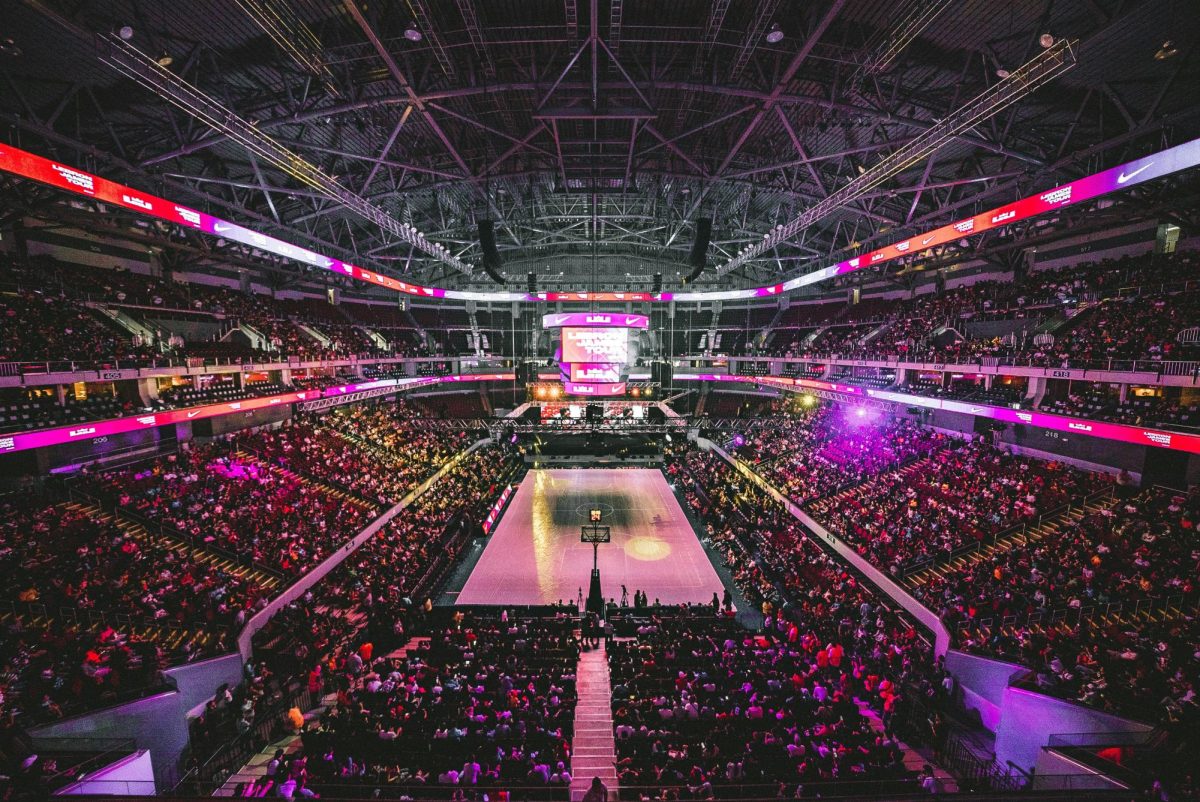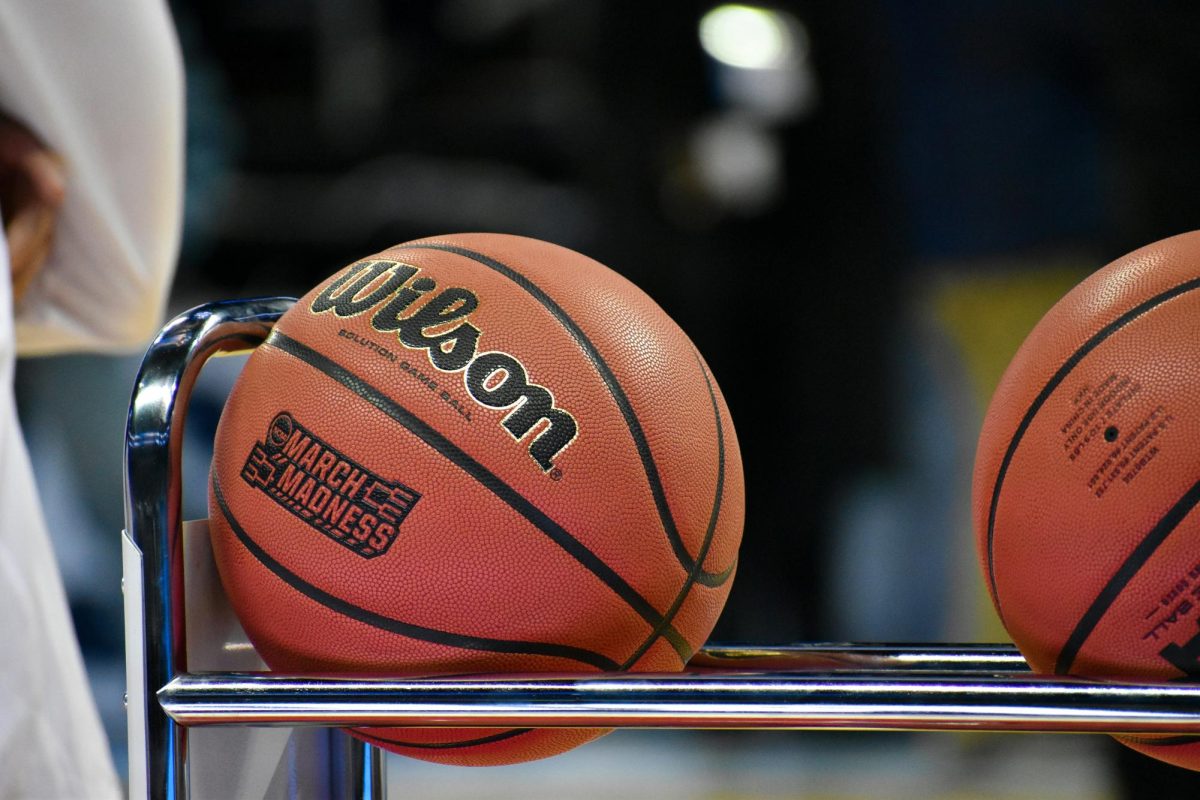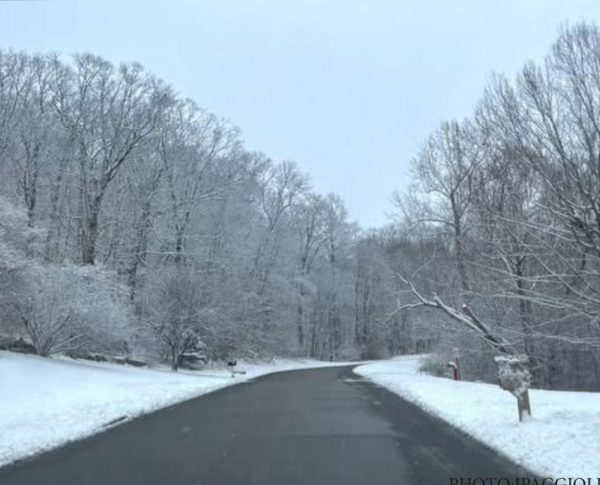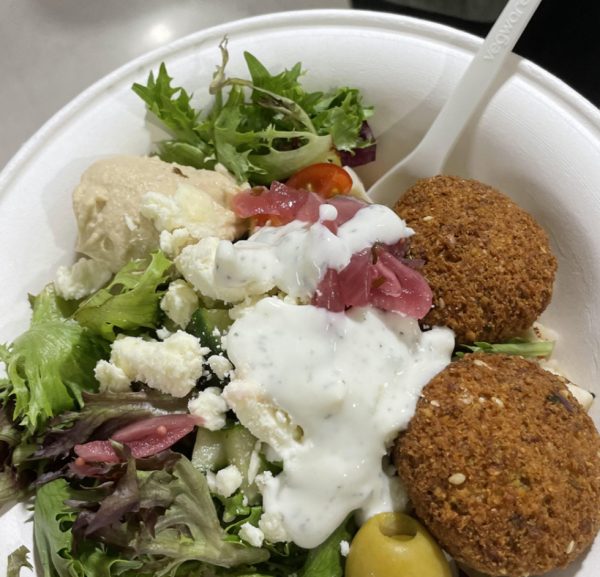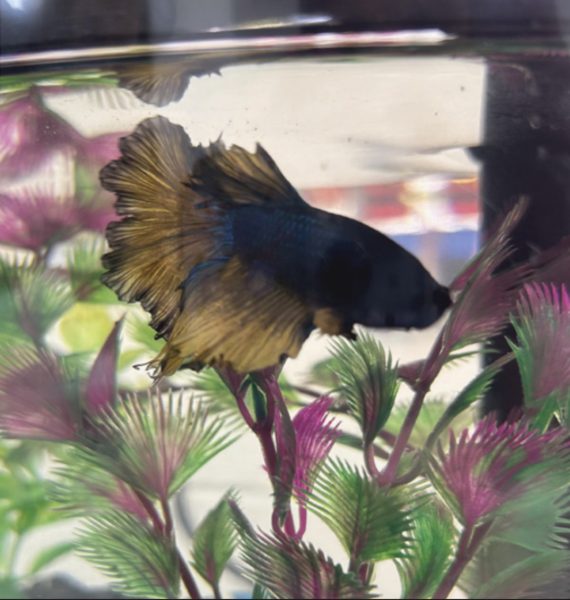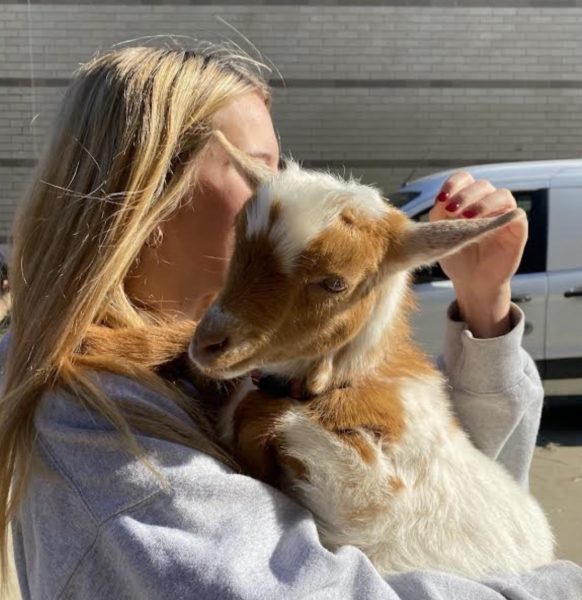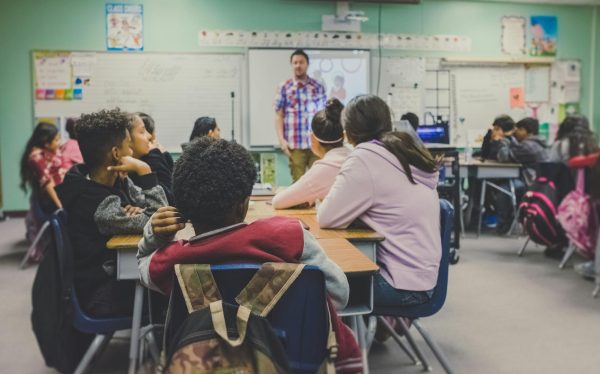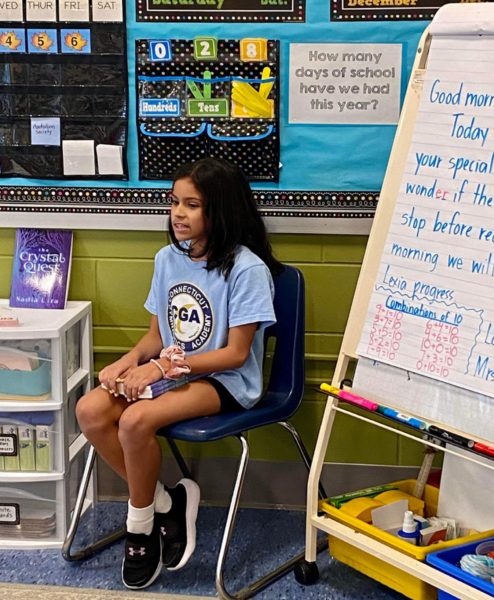How Farming Fish Feeds the World
February 3, 2022
Aquaculture fish farming solves the environmental damages of wild fishing
FIONA SAMUELSON
More than half of all seafood consumed globally is farmed, not caught. According to the Aquaculture Stewardship Council, aquaculture is the fastest growing protein industry in the world.
“We’re in our infancy for aquaculture. We need to find out how to keep the ocean feeding us without damaging it,” fishing club advisor and biology teacher Kip Kotzan said. Fish farming, or more generally aquaculture, is the breeding and raising of fish and seafood for harvest.
Mr. Kotzan, a lifelong fisherman, calls aquaculture a “home run” sustainable solution to the overfishing and habitat destruction that comes with wild catching.
Locally, Niantic Bay Shellfish Farm, or NBSF, is taking the lead in introducing aquaculture to EL. The farm opened in 2016 and has found success raising and selling oysters.
Aquaculture has a history in Niantic. The town emblem is a scallop associated with the Waterford East Lyme Shellfish Commision’s aquaculture projects in the Niantic River which, according to NBSF, started in 1876.
“[Wild] fisheries allow you a diversity of products that aquaculture would probably take many years to get to,” Dr. Sofia Franco at the Scottish Association for Marine Science said in BBC’s Science Focus.
While the main argument against aquaculture is the required investment of time and resources like water and energy, others believe it’s the natural next step in the seafood industry.
“It’s not done perfectly yet, but farming is a strategy humans rely on to make a space more productive and support a greater population,” Mr. Kotzan said.
“We really aren’t trying to save the ocean as much as we’re trying to sustain ourselves,” Barton Seaver, author and advocate for sustainable seafood, said on the Aquaculture Stewardship Council’s podcast.
In a coastal town like EL, fishing drives a small portion of the economy and many local businesses.
“A lot of the small-scale catches are distributed in informal markets, where they’re not recorded,” said marine ecologist Dr. Steven Purcell in BBC’s Science Focus.
Laws and restrictions to better regulate impacts of large scale commercial fishing could affect small, generational businesses who are sustainable on their own.
“Industrial wild catching is well up the food chain in terms of global impact. If we are removing more than what is sustainable, then we have to back off,” marine biology teacher Holly Buckley said. According to the National Ocean and Atmospheric Administration, 90 percent of marine fish stocks are currently overfished.
The invention of refrigeration, specifically on fishing ships, in the 1950s allowed industrial fishing and eventually overfishing to happen. With the ability to stay at sea for days at a time while keeping all the fish refrigerated, there was no reason to continue taking smaller catches.
Fish farming’s ability to provide greater yields than wild catching, while leaving wild populations untouched, has gained the practice confidence from researchers and fish enthusiasts alike.
“All of our changes in environmental conditions, our fires and storms, that’s all related to our incredibly fragile oceans,” Ms. Buckley said. On a global scale, seemingly small changes like the extinction of one species could collapse whole ecosystems and the economies depending on them.
EL has fish markets like Flanders Fish House and restaurants serving both locally caught and farmed seafood.
While it’s understandable to think buying fish marketed as organically wild caught is better for the struggling populations, U.S. fish farms operate under strict environmental protections, producing more sustainable sources of domestic seafood.
“Nature’s really capable of rebounding if you give it the opportunity,” Mr. Kotzan said. He describes himself as a rational optimist and, like many ecologists, believes aquaculture is that opportunity.
